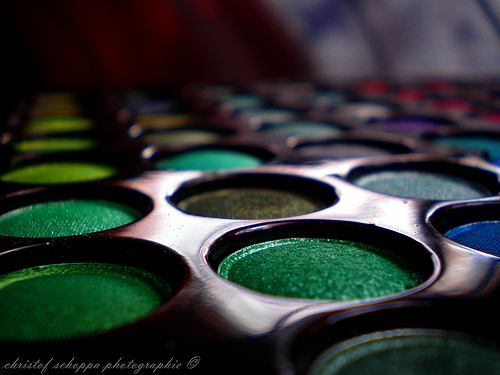
A survivor recently commented on one of my posts, saying, “I have become very passionate about living a chemical free life. Sometimes people treat me as though I am going too far in trying to prevent having cancer again and keep these toxins out of my life. It’s so nice to finally see a kindred spirit!”
It saddens me that despite all the information out there, the majority of people still think that “what’s on the store shelves won’t hurt me.” Did you know that we used to view cigarettes the same way-as products that couldn’t be all that dangerous, especially if American companies were selling them? Sometimes it just takes awhile for regulation and public knowledge to catch up with early science. In the meantime, don’t be one of those people who remains in the dark. To help you, here are a few “myths” you should no longer believe.
If it’s on the shelf, it must be safe. The Food and Drug Administration so far has no authority to review or approve the majority of products that are available in our supermarkets, drugstores, and department stores. The market relies only on the companies themselves to produce safe products.
Cosmetic companies make sure all ingredients meet strict standards of safety. The Cosmetic Ingredient Review (CIR) organization has assessed fewer than 20 percent of the ingredients found in cosmetic products. The rest have never been tested for safety by any public organization. Meanwhile, companies use many products that have been linked with health problems because they are inexpensive, readily available, and allowed.
The government restricts the use of dangerous chemicals in personal care products. Currently, the government allows companies to use any ingredient or raw material they please except for a few color additives and a few prohibited items such as vinyl chloride. Many products in the U.S. contain ingredients banned in cosmetics in other countries like Japan, Canada, and the European Union. Several of those ingredients have been linked to cancer in scientific studies, including the contaminant 1,4-dioxane-found in many children’s shampoos and other products. Other ingredients disrupt normal hormone function, like the sunscreen oxybenzone and paraben preservatives. Microscopic nanoparticles, which are now being used in a variety of cosmetic products, have not been adequately tested for safety, and are suspected of being able to more easily penetrate the skin and get into the bloodstream.
Cosmetic ingredients rarely get inside the body, or penetrate at levels too low to cause any harm. Many moisturizers, in particular, contain penetration enhancers that facilitate absorption into the lower layers of skin and into the bloodstream. People regularly inhale sprays and powders, or swallow chemicals from lip balms and lipsticks. Studies have found cosmetic ingredients like preservatives, plasticizers, musks, sunscreens, and pesticides inside the bodily fluids of men, women, children, and even babies.
Products labeled “natural,” “organic,” or “hypoallergenic” are safer. None of these terms are regulated in the cosmetic industry. Any company can label their product “natural” regardless of the ingredients inside it.
The FDA would recall any injurious product. The FDA has no authority to recall harmful cosmetics, or to require companies to report injuries caused by their products. Companies are on the “honor system” for these incidents.
If you read labels, you can avoid products with potentially harmful toxins. There’s no doubt that reading labels help, but it’s not foolproof because companies can include ingredients in their fragrances that they are not required to list. Other harmful ingredients are created during the manufacturing process, as by-products and contaminants that aren’t listed on the ingredient deck. Reading labels and researching the companies increase your odds of finding safe products.
Because women use more products, they are the only ones at risk. Studies have found more chemicals in women’s bodies, but children and men are also at risk, more and more with each passing year. Men use more personal care products today than they ever have, including toothpaste, deodorant, shave gel, aftershave, face moisturizer, sunscreen, cologne, shampoo, conditioner, hairspray, hair gel, and more. Children are exposed to an ever-increasing number of chemicals through personal care products, and are at a higher risk because of their small and developing bodies.
Bottom line? Don’t trust the companies making a profit on personal-care products. Read labels, research the companies you’re buying from, and try to cut back on the number of products you use every day.
How have you changed your personal-care buying habits? Please share your story.
Photo courtesy donchris! via Flickr.com.

